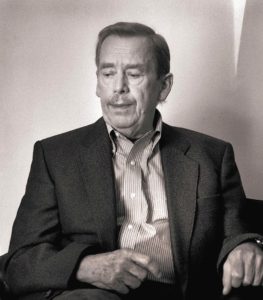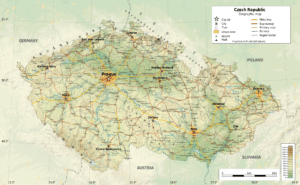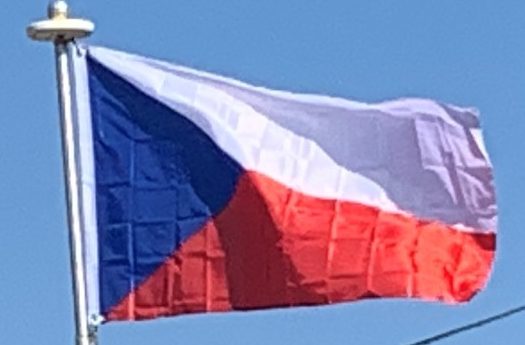The invasion was followed by a harsh program of “Normalization” in the late 1960s and the 1970s. Until 1989, the political establishment relied on censorship of the opposition. Dissidents published Charter 77 in 1977, and the first of a new wave of protests were seen in 1988. Between 1948 and 1989 about 250,000 Czechs and Slovaks were sent to prison for political reasons, and over 400,000 emigrated.
Velvet Revolution and the European Union:
In November 1989, Czechoslovakia returned to a liberal democracy through the peaceful “Velvet Revolution” (led by Václav Havel and his Civic Forum). However, Slovak national aspirations strengthened (see Hyphen War) and on 1 January 1993, the country peacefully split into the independent countries of the Czech Republic and Slovakia. Both countries went through economic reforms and privatizations, with the intention of creating a market economy. This process was largely successful; in 2006 the Czech Republic was recognized by the World Bank as a “developed country”, and in 2009 the Human Development Index ranked it as a nation of “Very High Human Development”.

From 1991, the Czech Republic, originally as part of Czechoslovakia and since 1993 in its own right, has been a member of the Visegrád Group and from 1995, the OECD. The Czech Republic joined NATO on 12 March 1999 and the European Union on 1 May 2004. On 21 December 2007 the Czech Republic joined the Schengen Area. Until 2017, either the Social Democrats (under Miloš Zeman, Vladimír Špidla, Stanislav Gross, Jiří Paroubek and Bohuslav Sobotka), or liberal-conservatives (under Václav Klaus, Mirek Topolánek and Petr Nečas) led the government of the Czech Republic.
Geography:
The Czech landscape is exceedingly varied. Bohemia, to the west, consists of a basin drained by the Elbe and the Vltava rivers, surrounded by mostly low mountains, such as the Krkonoše range of the Sudetes. The highest point in the country, Sněžka at 1,603 m (5,259 ft), is located here. Moravia, the eastern part of the country, is also quite hilly. It is drained mainly by the Morava River, but it also contains the source of the Oder River.

Water from the landlocked Czech Republic flows to three different seas: the North Sea, Baltic Sea and Black Sea. The Czech Republic also leases the Moldauhafen, a 30,000-square-meter (7.4-acre) lot in the middle of the Hamburg Docks, which was awarded to Czechoslovakia by Article 363 of the Treaty of Versailles, to allow the landlocked country a place where goods transported down river could be transferred to seagoing ships. The territory reverts to Germany in 2028.
Economy:
The Czech Republic has a developed, high-income, export-oriented social market economy based in services, manufacturing and innovation, that maintains a welfare state and the European social model. The Czech Republic participates in the European Single Market as a member of the European Union, and is therefore a part of the economy of the European Union, but uses its own currency, the Czech koruna, instead of the euro. It has a per capita GDP rate that is 91% of the EU average and is a member of the OECD. Monetary policy is conducted by the Czech National Bank, whose independence is guaranteed by the Constitution. The Czech Republic ranks 13th in the UN inequality-adjusted human development and 14th in World Bank Human Capital Index ahead of countries such as the United States, the United Kingdom and France. It was described by The Guardian as “one of Europe’s most flourishing economies”.
